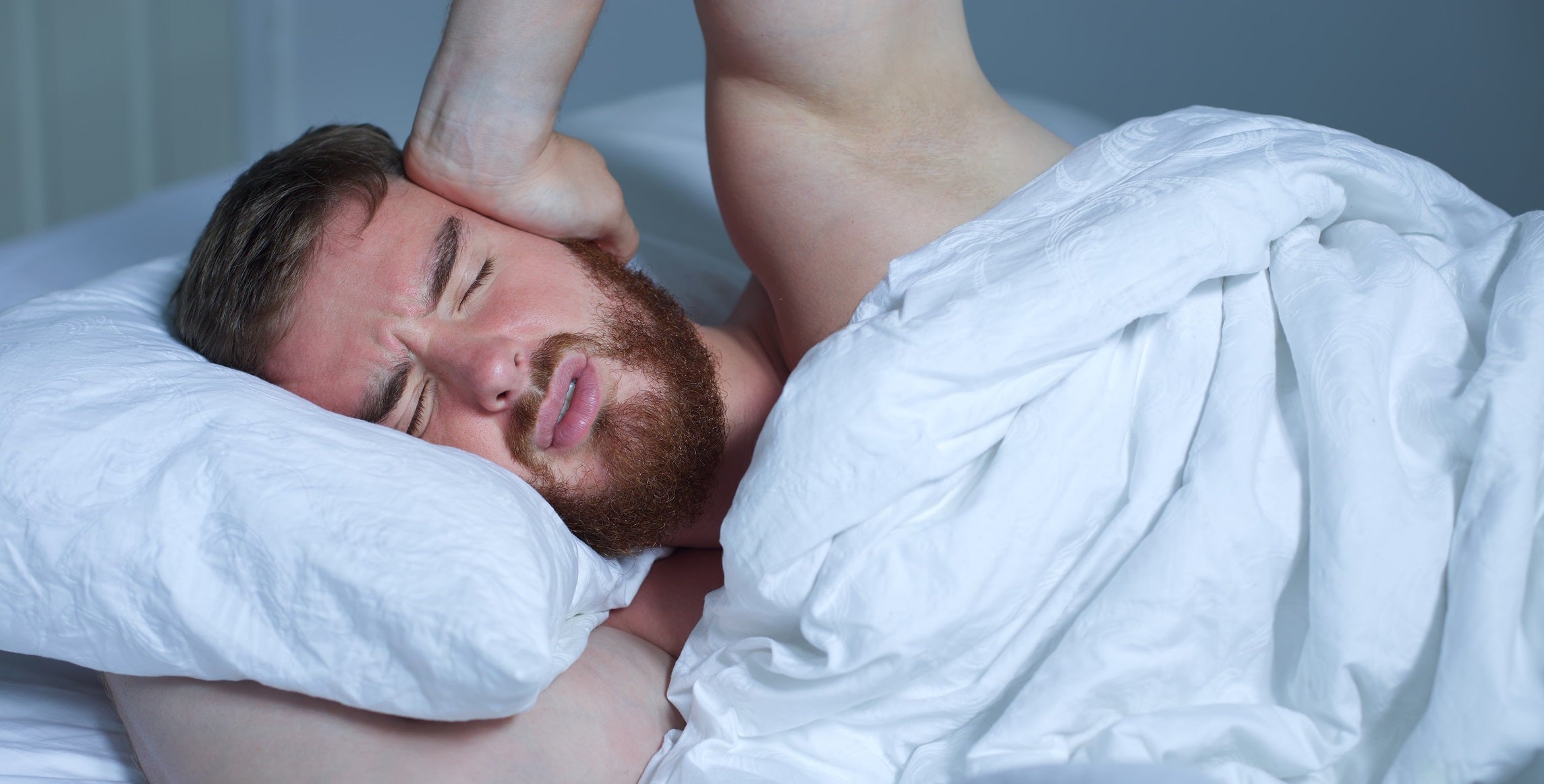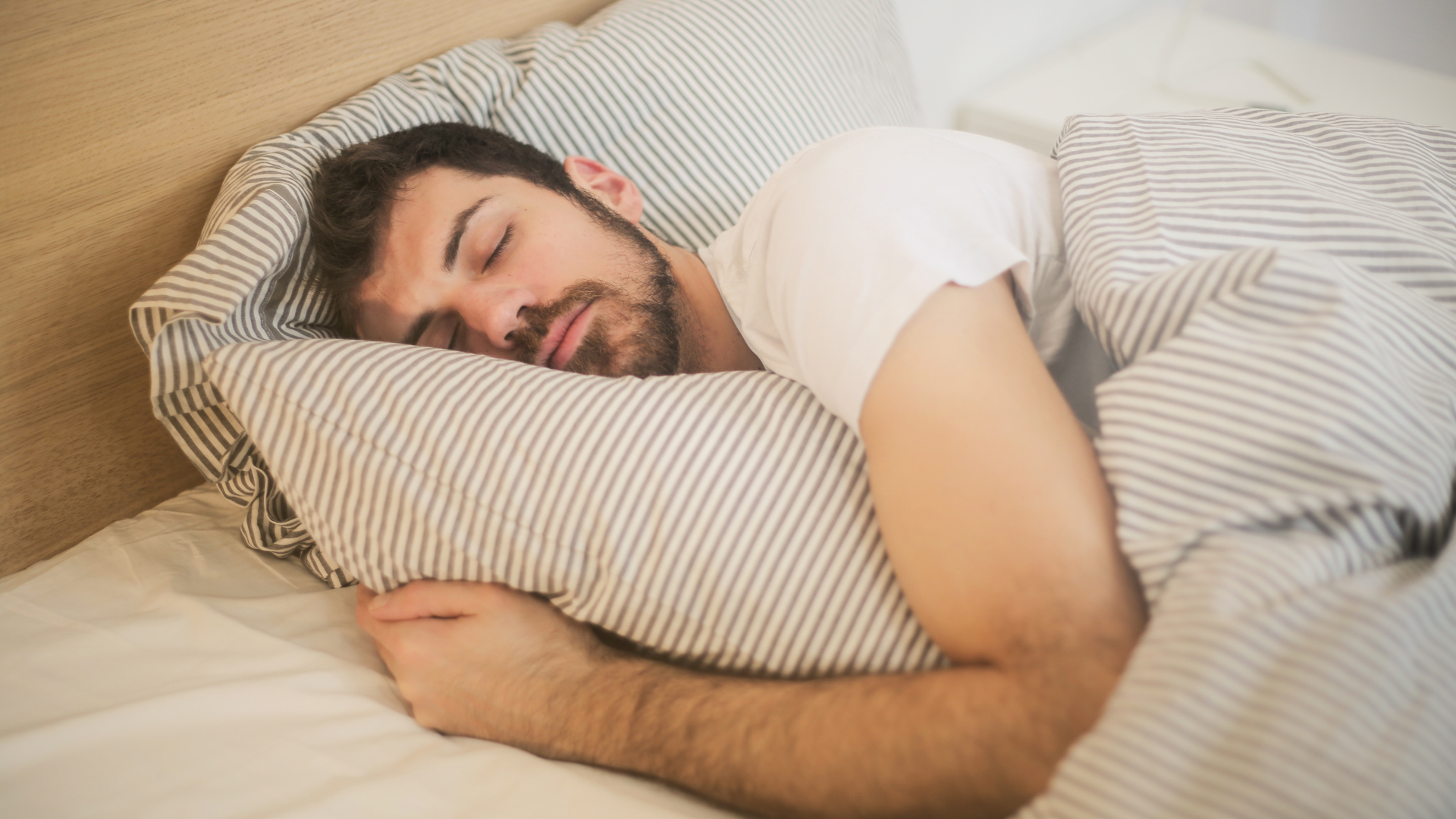Noise Cancelling Earphones vs Noise Cancelling Earbuds
Sound interferes with your sleep in more ways than one. It doesn’t just wake you up. In fact, disturbing sounds, like snoring, can impact the quality of your sleep even if you technically sleep through the night. Because the brain continues to register and process sounds as you sleep, according to the National Sleep Foundation, everything from your heart rate to your blood pressure is affected by unwanted noise. High noise levels can cause restlessness as you sleep — twitching, moving, shifting, tossing, turning — all of which leads to lower sleep satisfaction and a feeling of unrest in the morning. As the bed partner to someone who snores, your brain could be working overtime to process incoming sounds at night. Even as your snorer is disturbed by their own noises, your body is experiencing an unsatisfying night’s rest. However, you don’t have to keep listening. While your bed partner explores their options for a stop-snoring device, you can block out the snoring with the right noise-cancelling device.
Why a snoring bed partner can make you angry

Research has found that extremely annoying sounds affect your emotions because of how the brain takes in the noise. WebMD shares that the amygdala, the part of the brain that regulates emotions, can take over the hearing part of your brain when sounds get too offensive. This means you’re essentially “hearing” disturbing sounds, like snoring, with your feelings as much as with your ears. This often triggers annoyance. Coupled with a bad night’s sleep, it can create an irritating atmosphere and put a strain on your relationship with your snoring partner. This is why finding ways to block out or prevent the snoring from taking place is so important.
Active noise control (ANC), active noise cancelling, and active noise reduction (ANR) are names of method where an unwanted sound is reduced by adding another sound specifically made to cancel it out. Active noise cancelling technology uses a microphone to sample the sound, and a speaker to create a phase-shifted sound that cancels the original sound.
How noise-cancelling technology works
Cancelling out the noise that’s impacting your sleep is one of the best ways to address a snoring bed partner. If you can’t hear it, it can’t bother you. Noise-cancelling technology, regardless of device, works by addressing the frequency of offensive sounds. A microphone within the device listens to the noise within the space you’re in and maps its exact frequency. The device then emits an opposing sound to cancel out the noise you don’t want to hear. By releasing a sound that’s the exact opposite, you get a quiet night’s sleep.
Headphones vs earbuds
A variety of devices offer noise-cancelling technology, but not all work best when you’re trying to sleep. Cancelling out all sounds, not just snoring, you’ll often see people with noise-cancelling headphones on airplanes. This provides them with a quiet trip free from the sound of the plane’s engine as well as additional background noise. However, headphones are often big and bulky, fitting over your entire ear to create a seal. Headphones do allow you to plug into music, which you can listen to at a quieter volume since you’re not competing with background noise. This is healthier for your ears. Other types don’t plug into anything at all, they simply provide the quiet you need. They work great when you’re on the go, uninterested in all the noise around you, but can pose a particular challenge when it comes to sleeping comfortably. Because noise-cancelling earbuds fit within your ear, they can offer a more appropriate solution when it’s time to hit the pillow. Especially if you’re a slide sleeper, a device that goes into your ear will create a more comfortable fit. Often designed with your ear’s anatomy in mind, these small, light, noise-cancelling devices are portable and comfortable. Certain earbuds, even offer two modes, hearing and silent, so you can hear what’s going on around you before you go to sleep, and communicate with others while still wearing the device. You usually have to pull off noise-cancelling headphones to hear anything, often leading to someone having to repeat themselves. Similarly priced, these two types of devices primarily differentiate in comfort. Even if you’re not laying down, headphones can smush hair and interfere with glasses or earrings. Earbuds won’t.
Traditional passive earplugs Traditional earplugs use passive attenuation to reduce the level of sound entering the ear. Whilst they are good at blocking high-frequency sound, they are quite poor at reducing low-frequency sound, especially below 200 Hz. Thus, the problem area for traditional earplugs is these low frequencies. Examples of such penetrating low-frequency sounds are airplane noise (noise level peaks at 70 Hz), noise in factories and noise that comes through the walls of buildings. When you use passive earplugs on an airplane, you will notice that, although it reduces sounds from people chatting in the cabin, the background engine noise is almost unchanged.
Cancel out the noise at night
With the right noise-cancellation device, you won’t have to tolerate the sounds of your bed partner snoring any longer. Even while they find the right stop-snoring solution for themselves, you’ll be sleeping restfully thanks to the right device.


